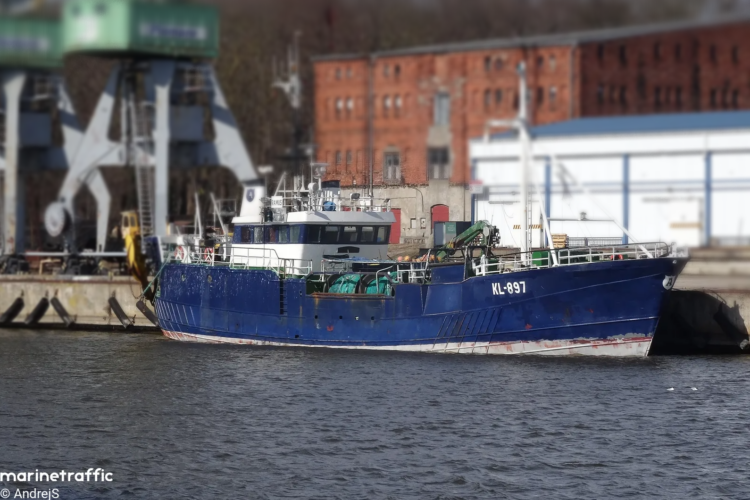We are delighted to announce that we have signed a contract with the Fisheries Authority under the Ministry of Agriculture of the Republic of Lithuania. This contract aims to carry out a pilot project by installing a REM (Remote Electronic Monitoring) on Lithuanian fishing vessels. The REM is backed up by sophisticated software specially designed to monitor the fishing activities of fishing vessels. The project is planned to last for 12 months and the system will initially be installed on the fishing vessel “Ramus” (KL 897; IMO 6726280).
In the waters of the European Union, there is a ban on discharging most quota-regulated fish species. This means that fish caught on a fishing vessel must not be thrown back into the sea, as they all count under the quota. The discharge ban in the Baltic Sea has been effective since 2015, but the European Fisheries Control Board has highlighted issues with fish discharge in the Baltic Sea, particularly on ships that catch flounder and cod. The goal of implementing the REM system is to enhance the monitoring of catches and reduce discard rates.
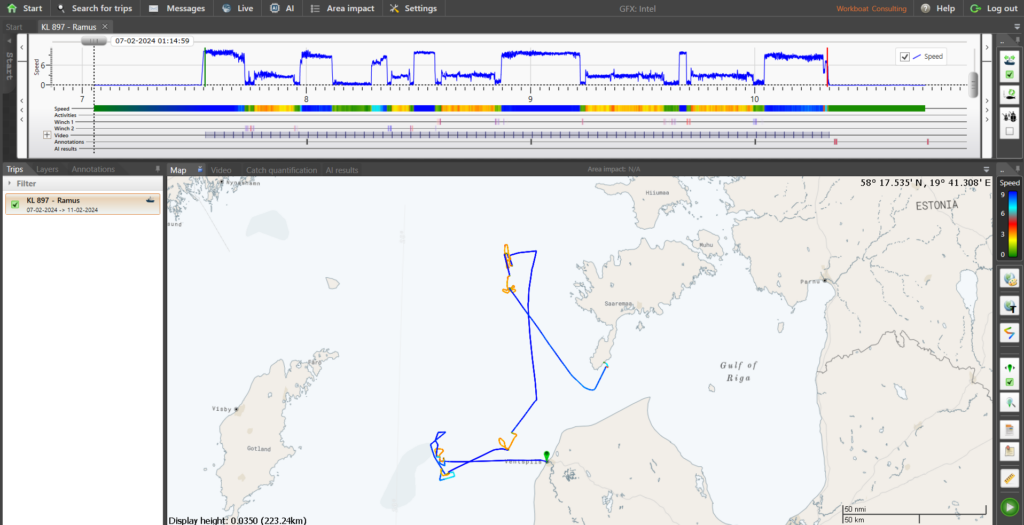
The European Commission acknowledges the need for more efficient monitoring of fish discharge. Member States are currently testing various technical solutions for monitoring fishing vessels. Until now, compliance with fishing requirements has been monitored through traditional methods such as random inspections at sea, deploying observers on board, or inspections at port. However, these methods may not be sufficient. Positive results from several countries have shown that installing REM cameras in key locations on fishing vessels significantly strengthens control and helps detect potential violations. Feedback from vessel operators is also important in determining how to improve the REM system as in the future, the solution should be expanded to a wider range of vessels and fish farms.
The video surveillance system we installed is already in use on over 400 fishing vessels worldwide. This project in the Baltic states is the second testing of the system, following a successful trial conducted by the Estonian Environmental Board. Workboats Consulting has teamed up with Anchorlab which has invented a unique system with specialized software to ensure better monitoring of fishing activities. As the authorized service provider for Anchorlab in the region, Workboats Consulting is fully committed to delivering professional system installation and proper training. Our mission is to ensure the end-users can use the system’s full potential, unlocking maximum benefits for their operations.
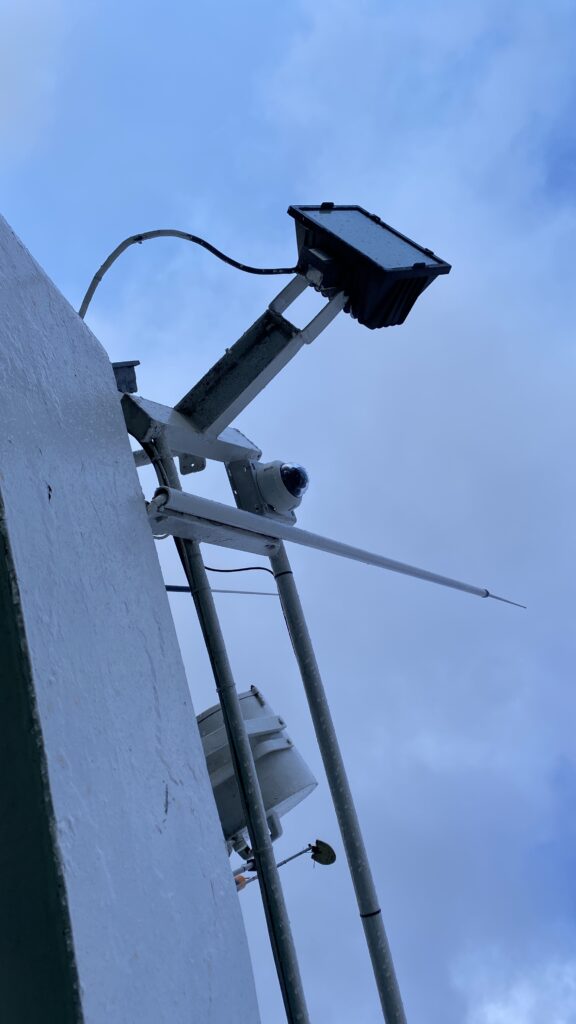
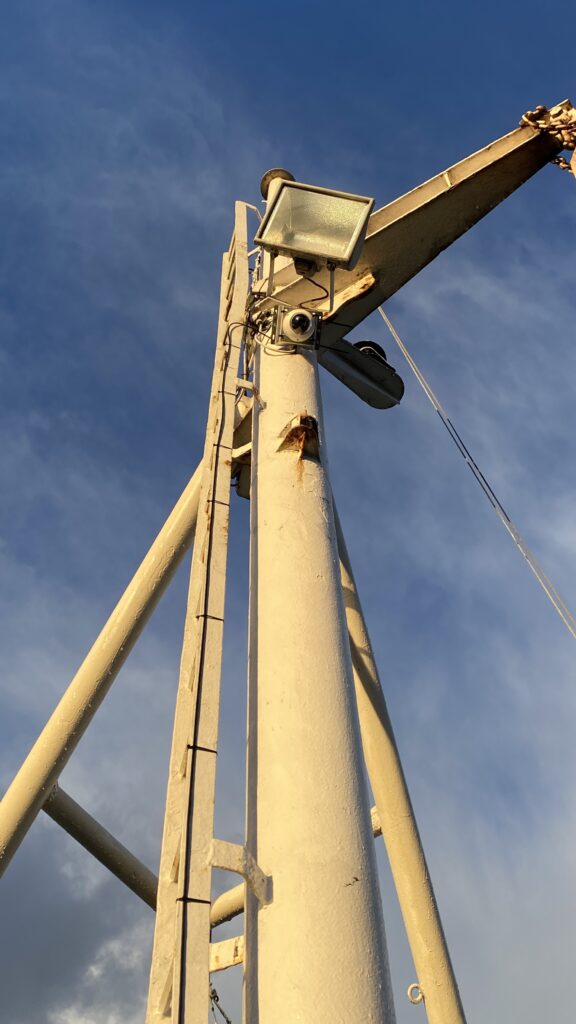
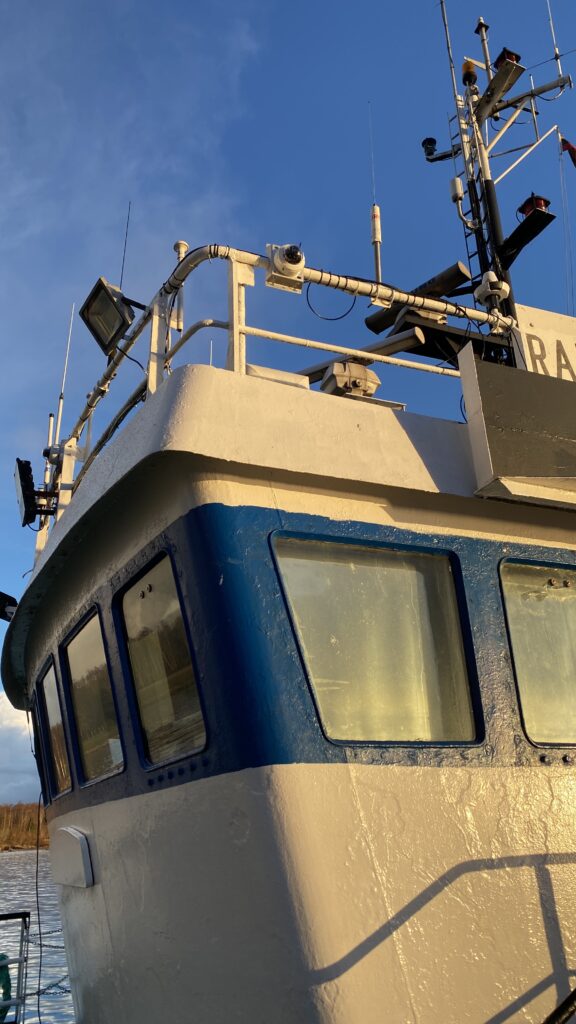
The Anchorlab REM system is very powerful. It has several specific functions, allowing real-time monitoring of the vessel’s route, control of the use of fishing gear, and real-time monitoring of fishing operations. In addition, the system can provide an overview of fish species; species can be individually selected and fish sizes can be measured. As an additional feature, it is possible to configure the system with different rules (speed, fishing area, etc.). If these rules are violated, the system will give out an alarm to the vessel crew and will also record this alarm in its log file. Although the system is very powerful and with a wide range of different functions, the user interface has maintained a simple and logical.
To install the system, our project manager and technician first visited the vessel to assess its characteristics and features. During this visit, we also initiated the necessary preparations for the installation process. Our engineers developed a Vessel Monitoring Plan (VMP) based on the information gathered. A Vessel Monitoring Plan (VMP) describes how a Remote Electronic Monitoring (REM) system is specifically configured on a fishing vessel and how to effectively monitor fishing activities to document catch. This plan was shared with the client and shipowner for their feedback and approval. Once the plan was approved, our project manager determined the most suitable timeframe for the installation.
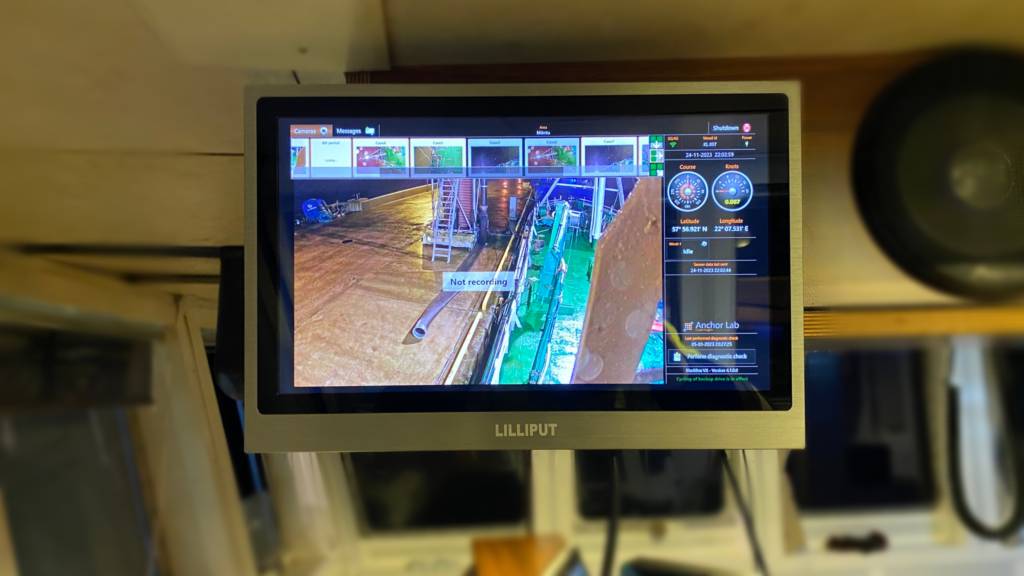
On average, the installation process takes about one day, and the system, including the software, becomes fully operational within approximately 1.5 days. The timeline may vary depending on weather conditions and vessel availability, as we were operating in the middle of the active fishing season.
We are eager to see the positive impact that this pilot project will have on sustainable fishing practices in the Baltic Sea. By effectively monitoring catches and reducing discard rates, we can ensure the long-term health of marine ecosystems and the sustainability of the fishing industry. We are committed to working with our partners in the Baltic Sea region to promote the adoption of REM systems for sustainable fishing quotas. We believe that by working together, we can make a real difference in protecting this precious marine ecosystem for future generations.
Are you looking to take control of your fleet’s tracking system or want more information about the remote electronic monitoring system? Don’t hesitate to reach out to us at hello@wbcons.ee!
We installed a REM system as commissioned by the Estonian Environmental Board. Read more here.
